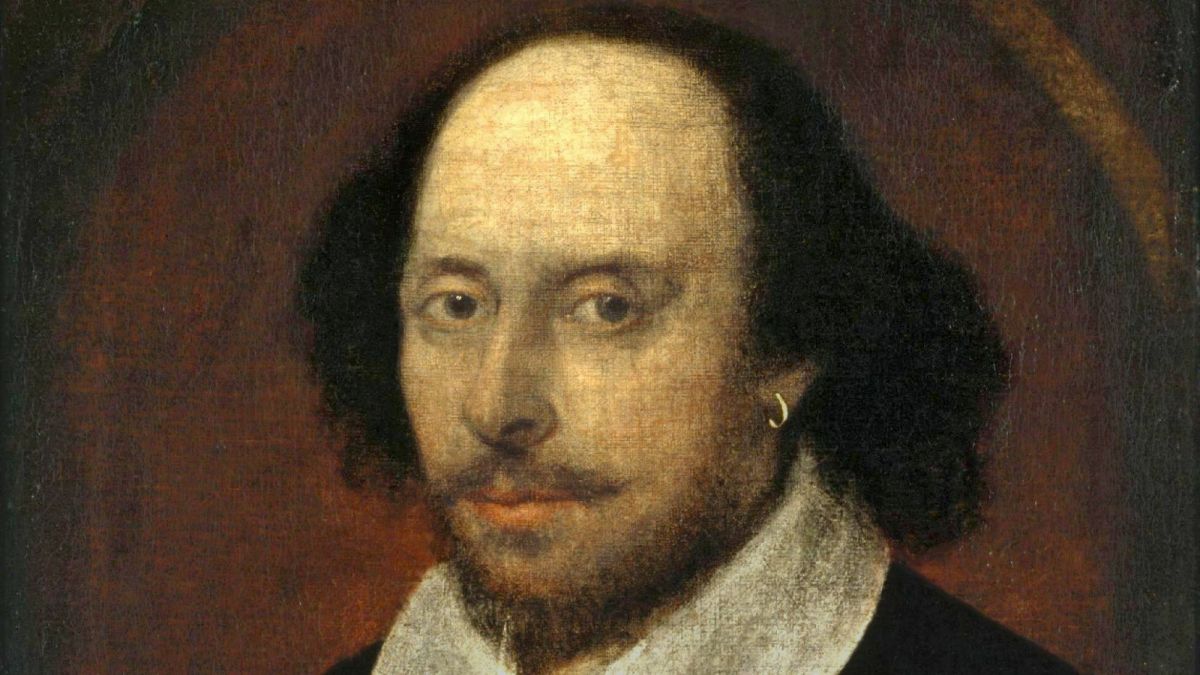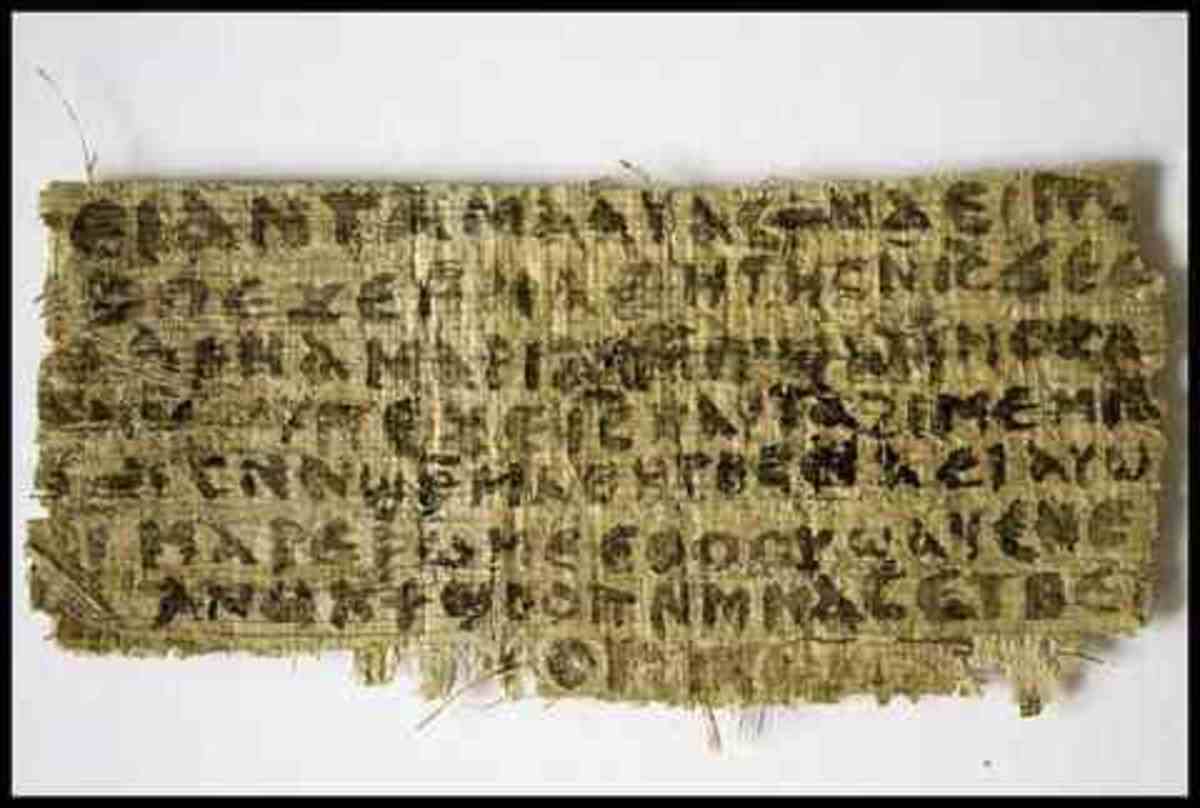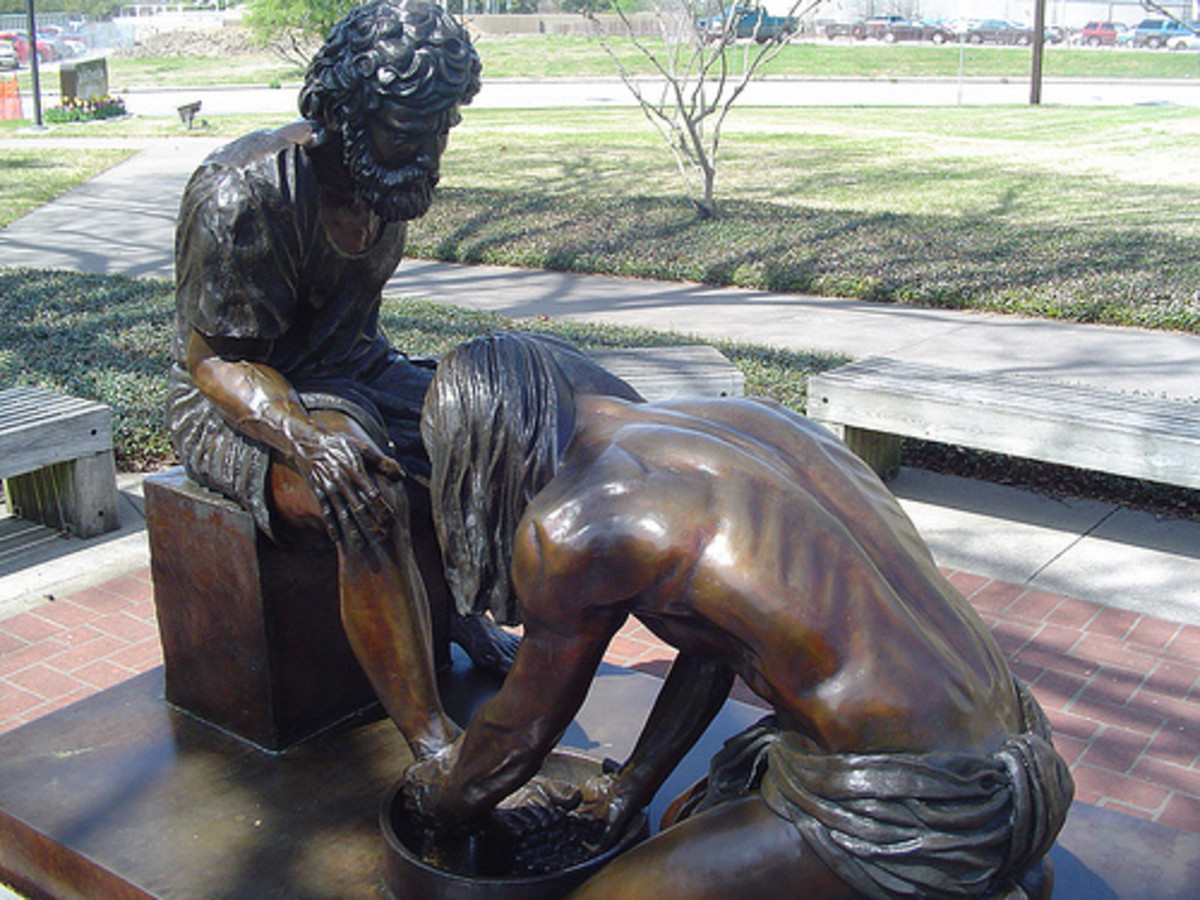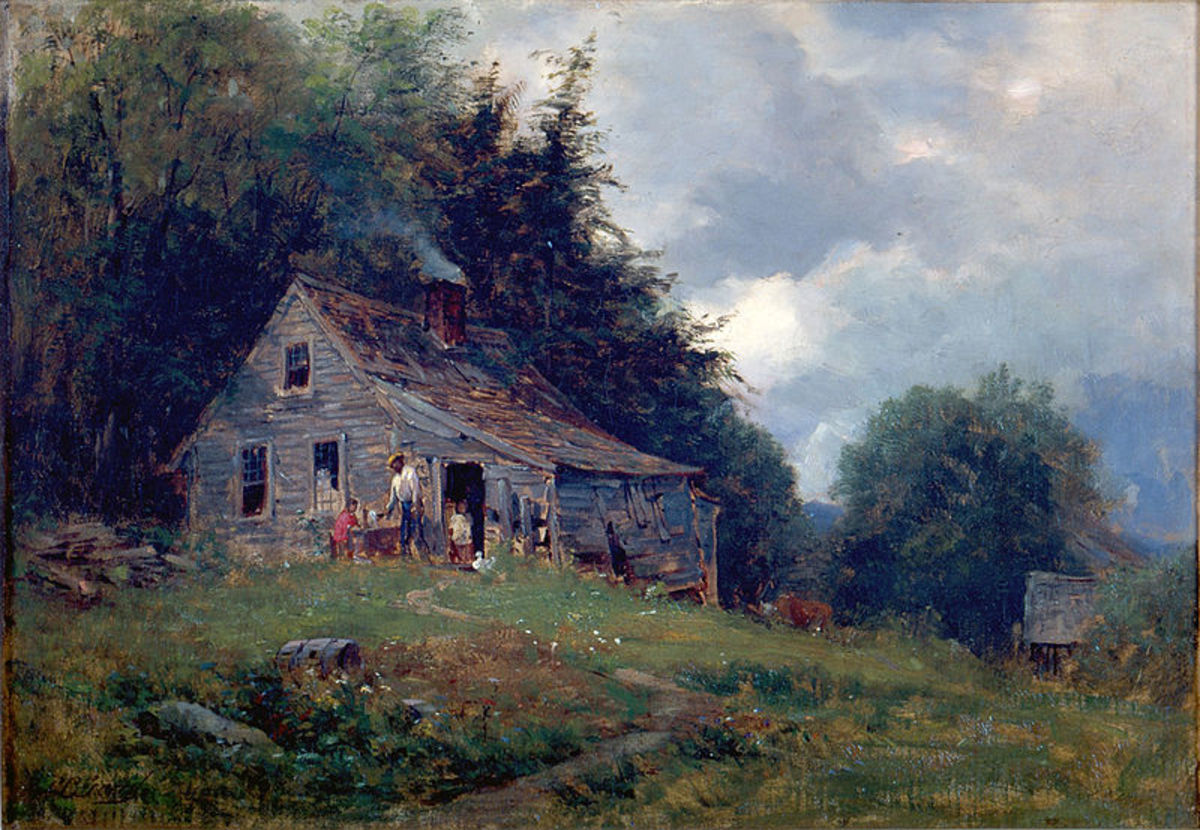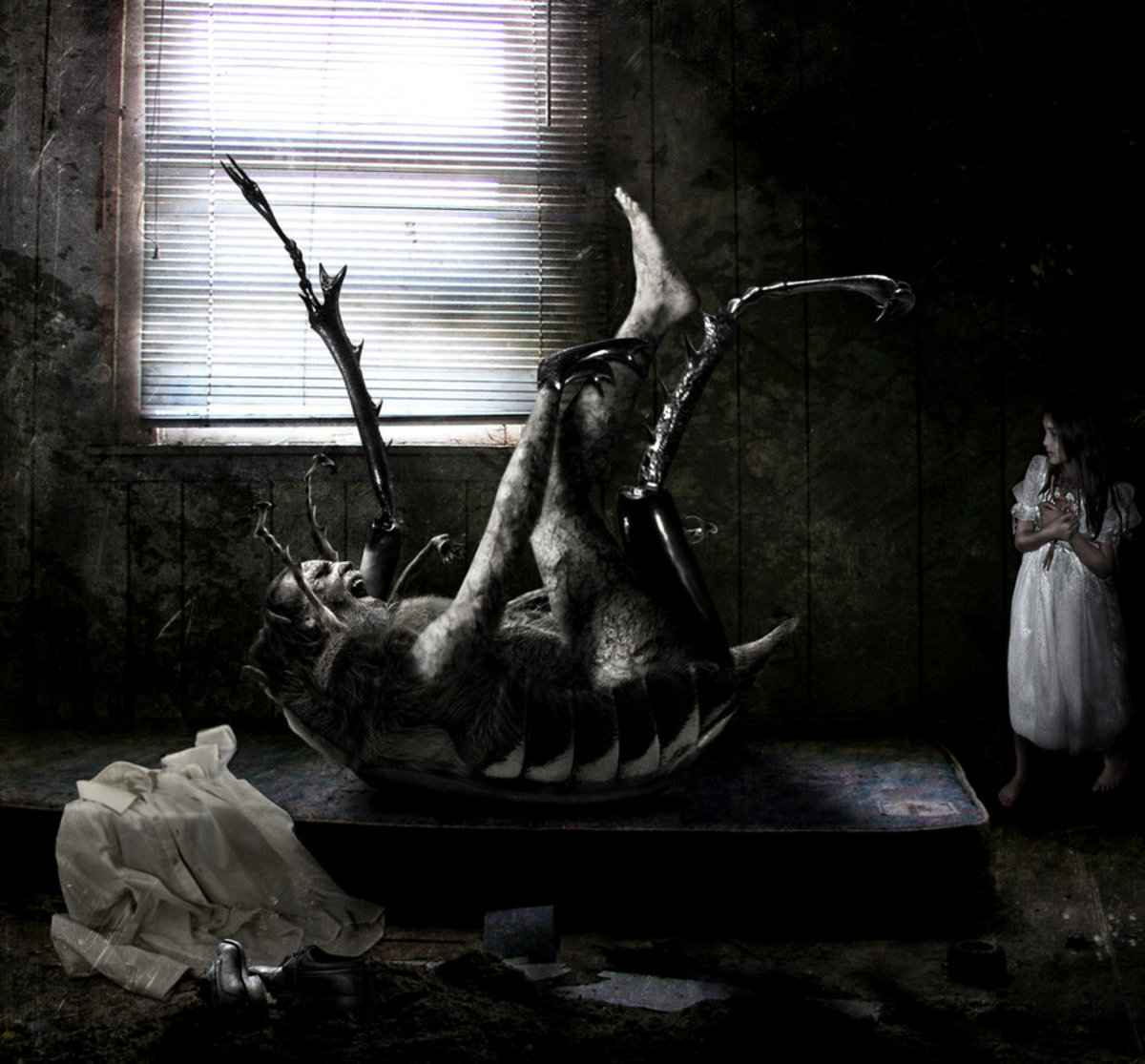- HubPages»
- Books, Literature, and Writing»
- Literature»
- Literary Criticism & Theory
Umberto Eco’s The Name of the Rose: A Summary and Personal Evaluation
The Name of the Rose by Umberto Eco

Umberto Eco’s The Name of the Rose: A Summary and Personal Evaluation
Born as a Catholic and raised as a Catholic, I have been exposed to the teachings of the Church. I have been able to affiliate with the church organization closely as I was also educated in a Catholic School. Though the school where I got in was run by Benedictine nuns, I have always been intrigued by mysteries that were often mentioned in the bible. And to further nurture my curiosity I have read some books. None of the books I read have provided me the answers; instead the readings have fed my imagination. Though these are fiction books, it makes me think that could there be any hint of truth in the stories narrated because until now there are still a lot of questions unanswered in matters of Catholic faith. When I read, The Name of the Rose, I found myself akin to the character of Adso. My curiosity of the mysteries not only on the teachings of the Church but also on the life of monks and nuns had grown. And with the philosophical discussion in class I have more questions about truth that looks for theological, philosophical, scholarly and even historical basis for answers.
Summary
The story begins with the narration of an unknown writer who claims that he found a manuscript and presented proofs to show that the manuscripts are authentic and stories which had been told before were true. Apparently, the unknown writer is Adso who narrated the events that happened in 1327 as he went to live with the Benedictine monks. Adso, the story’s protagonist was sent to live with the monks by his father to spare him of the risks due to the conflict between the Emperor and the Pope. Afraid to send him alone, his father put him under the supervision of William of Baskerville, a Franciscan friar from England.
While at the abbey, Adso had met a lot of people who had different roles and functions in the abbey. The mystery began when a man was found dead outside the Aedificium, noting that all windows were close the first thought on the cause of death was that some evil spirits were responsible for the death. But wanting to know the truth behind the incident William agreed to help the Abbot to investigate if he can go around the abbey without restriction and ask questions from people. This was allowed by the abbot except that he was never allowed to go to the library, it was said to be dangerous for him to go there.
While going around investigating, William met other people in the abbey. He met an old friend Ubertino who was distinctly characterized as someone who opposes the views of the pope on the value of goods and the position of the church on possession of wealth. During their conversation Ubertino mentioned to William that there are some people in the abbey who are considered as heretics. He met the other interesting characters in the abbey, one he was pleased to meet was Malachi the librarian, who shared the same perspective with him on technology and they share the same opinion that people should not feel afraid in using technology to promote his own good.
One of the presented arguments in the story is the issue of laughter, it is about whether a person can laugh or not. Because according to one of the characters – Jorge, Jesus did not laugh during his time and that there is a basis for this which is written in a book that is placed in a forbidden book kept in the library. While these conversations are going on another death happened. The found the dead body of a monk again in a barrel filled with pig’s blood. Based on William’s deduction on the incident the monk was not killed there but that was body was just dragged into the barrel to mislead the people on the cause of death.
William had been told that the librarian is sleeping with Adelmo and all of that because Adelmo wants to have access to the secret books. But later Adelmo was also found dead. As more people turn up dead the abbot talks to William to express his anxiety on what is happening. According to the monk if the case of the murders will not be solved there is a bigger possibility that the abbey will be taken by the government. William and Adso went into the library and they discovered that it was like a big labyrinth. While inside the library, William’s glasses were stolen from him, then Adso began to hallucinate. As they found their way out, they were told that the library assistant is missing.
William and Adso investigated the disappearance of the library assistant but they only found a bloody piece of cloth. With this, William and Adso concluded that whoever is responsible for the murders does want anybody near or to have access on the books. If anyone will have access to the books it will be like discovering a fountain of knowledge that will make everything known to the people.
William had been persistent on finding out the truth behind the killings. In his investigation he still finds time to talk about religion and science and how it may be soon replaced by science and change society. He found clues and hints that lead him to go back to the library, but he must also understand what every sign on the doors says. Fra Dolcino a monk who was believed to be a heretic was also killed but according to Ubertino the reason why he was killed is because he preached about simple lifestyle and that was against the opulence and the church. Ubertino also warned William and Adso about the dangers women bring as they seduce men. Adso decided to return to the library without William to read more about the people who were considered as heretics, and then he had the visions or hallucinations again. When he left the library, he went to the kitchen where he met a girl from the village and had sex with her. Out of guilt he confesses everything to William who had forgiven him and explains his theory that probably there are really girls from the village who comes to the abbey to ask for food and offered sex in return.
On their way to have their bath, they found Berengar’s body in one of the tubs. Severinus says Berengar drowned himself and died but then Venantius claims that he must have been poisoned that as well are why he was drowned easily. Salvatore confirms that there are indeed girls who come to ask for food and offer sex. Upon further investigation William found his stolen glasses in Berengar’s pocket.
On the day that Berengar’s body was discovered the convoy of the pope arrived at the abbey and there has been conference between Michael, Ubertino, Jerome and William. However, there was not anything productive that came out of the conference and William believed that the meeting will not solve anything. When William and Adso returned to the library to look for the “finis Africae” they found Salvatore sleeping with the girl whom Adso had sex with. The girl had been questioned; she was accused of being a witch and was sentenced to die.
When William talked with the convoy and suggested that the church withdrew, he was urged by Bernard to tell the pope of his ideas in person. William had discussion with the other monks in the infirmary and when Severinus was found dead also and in the same place where he died was Remigio. Remigio was arrested and charged of the crime. Under pressure during the trial Remigio confessed to be a heretic and killing the people in the abbey. He was sentenced to death as well and Salvatore who was said to be his accomplice. Michel also admitted to stealing the secret book through the help of Ubertino and Benno but then he also said he returned the book in the library.
The last one to die is Malachi, he fell on the ground and died while the monks are saying their morning prayers. William has noticed the same observations with the other people who died. They had black fingers and so he concluded that all the monks who died have been poisoned and common to all people who died spoke Greek. Then he made another conclusion that the next person who will die would be Nicholas, the new cellarer who also speaks Greek. He also noted that all the men who died are possible candidates to become the abbot. While on the other hand Adso had another vision, this is about William finding out where the finis Africae is placed. William looked into the library again and checked the book Coena, and this he found out was written in four languages. Based on this William made another conclusion about the killings, the men who had been killed know about the book and they were killed in order to keep the secret that was in the book. When he presented this theory to the abbot, the abbot got offended and told William to leave the abbey.
William kept on checking the library catalogues instead and insists to the abbot to solve the murders. He and Adso went back into the library to continue investigating. Just as he discovered the meaning left by Venantius and they were about to enter the finis Africae, they found Jorge inside the same room. Jorge confessed to all the killings and even added killing the abbot by trapping him in another room of the library to suffocate to death. He said he was doing God’s work and protects the book that contains Aristotle’s “Poetics” which explains the role of laughter in the life of man. And to fulfill his mission of protecting the book Jorge swallowed the pages of the book which he laced with poison and tried to trapped William and Adso inside as well to die. There was a struggle between William and Adso and Jorge, during the struggle the library catches fire. Seeing the fire, the monks did not know what to do and just stood watching the flames. Benno plunged into the fire and they never saw him again. The fire quickly spread and burned the abbey to the ground. After three days William decided to send home Adso and he himself went to England. He died of black plague. Adso before returning home went back to the ruins of the abbey and gathered what he could to keep as memoir of the past which he put together to clue him on the meaning of the past (Eco, 1983).
A good argument and premise the book leaves to the reader is that is it indeed true that there is a secret book? And what is in Aristotle’s Poetics that the church would not want the people to know? Isn’t it in literature this work of Aristotle is being discussed?
Evaluation
What I like most in the book is that it contains the mystery of a good fiction and features the conflict between science and religion. It also tells of the possibility of the connection between the teachings of the Greeks and religion and the bible. Though the ancient biblical times only talks about Jesus and paganism there is still so much mystery outlying the Catholic faith. It was the same premise that does the church really keeps secrets from the people or they protect access to knowledge because the church is afraid that people would learn more. What I did not like in the book is the inclusion of the women such as the girls who offer sex in exchange for food. It does not fit in the story or in the theory of mystery in the church and it highlights the society’s culture on how women are still perceived during earlier times.
Reference
Eco, Umberto. (1983). The Name of the Rose. USA: Hardcourt. Print.



